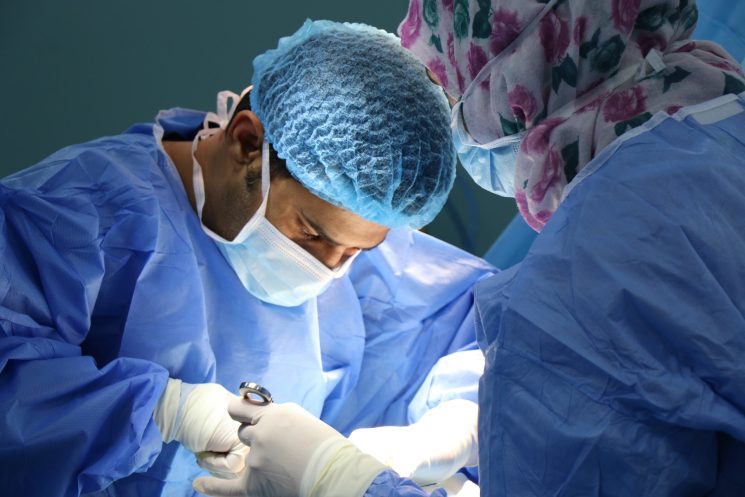Plastic Surgery is one medical field that has continued to enjoy growth in relevance and popularity. Plastic surgery is a specialty that handles the restoration, reconstruction and/or alteration of the human body.
It’s divided into two main categories:
- Reconstructive surgery: This includes craniofacial surgery, hand surgery, microsurgery, the treatment of burns, and is targeted towards either reconstructing a body part or improving its functioning.
- Cosmetic surgery: This is also known as “aesthetic surgery” and aims at improving the appearance of a person. It involves procedures such as facelift, rhinoplasty, and gynecomastia.
Plastic surgeons in Newport Beach offer a variety of cosmetic surgeries as well as reconstructive surgeries to Newport Beach residents and residents of surrounding cities, contributing their quota to the growth of the specialty which has existed long before now.
HISTORY
Though the popularity and relevance of this medical field have grown remarkably in recent times, it’s not a new field of practise as its history dates back to ancient civilisations with treatments for the plastic repair of a broken nose first mentioned in ancient Egypt medical texts.
Reconstructive surgery techniques were being carried out in India as far back as 800 BC. The Romans also excelled in plastic surgery with the Roman scholar Aulus Cornelius Celsus recording surgical techniques in the first century AD. The Romans also performed plastic cosmetic surgery, using simple techniques, such as repairing damaged ears.
The father of modern plastic surgery, Sir Harold Gillies developed many of the techniques of modern facial surgery while caring for soldiers suffering from disfiguring facial injuries during World War I.
ASPECTS OF PLASTIC SURGERY
The term plastic surgery refers to a combination of various surgical procedures with the overall aim being to reconstruct or give cosmetic appeal. This field is typically subdivided into an array of sub-disciplines which include
- Aesthetic surgery: This includes both facial and body aesthetic surgery where surgeons use cosmetic surgical principles to improve the appearance of the patient.
- Burn surgery: This generally takes place in two phases. Acute burn surgery is the treatment immediately after a burn and reconstructive burn surgery takes place after healing of burn wounds.
- Craniofacial surgery: This is divided into pediatric and adult craniofacial surgery. Pediatric craniofacial surgery mostly deals with the treatment of congenital anomalies of the craniofacial skeleton and soft tissues in children while adult craniofacial surgery deals mostly with fractures and secondary surgeries along with orthognathic surgery.
- Hand surgery: This is particular to acute injuries and chronic diseases of the hand and wrist, correction of congenital malformations of the upper extremities, and peripheral nerve problems.
- Pediatric plastic surgery: This is strictly for children and aims to correct birth defects or syndromes present at birth. Common conditions treated by pediatric plastic surgeons include craniofacial anomalies, webbing of the fingers and toes, excess fingers and toes at birth, and cleft palate.
PROCEDURES
One common procedure is the transfer of skin tissue. These collections of skin termed “skin grafts” are categorized based on where it’s sourced from.
- Autographs(taken from the recipient).
- Allografts(taken from a donor of the same species).
- Xenografts(taken from a donor of a different species).
RISK INVOLVEMENT
Like any other surgery, risks are involved with some common complications of cosmetic surgery being hematoma, nerve damage, infection, scarring, implant failure and organ damage.
Plastic surgeons typically carry out plastic surgery with an emphasis on careful planning of incisions such that they fall within the line of natural skin folds or lines, appropriate choice of wound closure, use of best available suture materials, and early removal of exposed sutures so that the wound is held closed by buried sutures as this helps to reduce risks.





